‘Everyone had dodgy magazines hidden under their beds and I had interior design magazines’: James Thurstan Waterworth's consuming passions
Interior designer James Thurstan Waterworth was the European design director at Soho House before he went on to open his own studio, Thurstan. He discusses his love of Tudor history, Andrew Scott and how a portrait of a chicken changed his life.
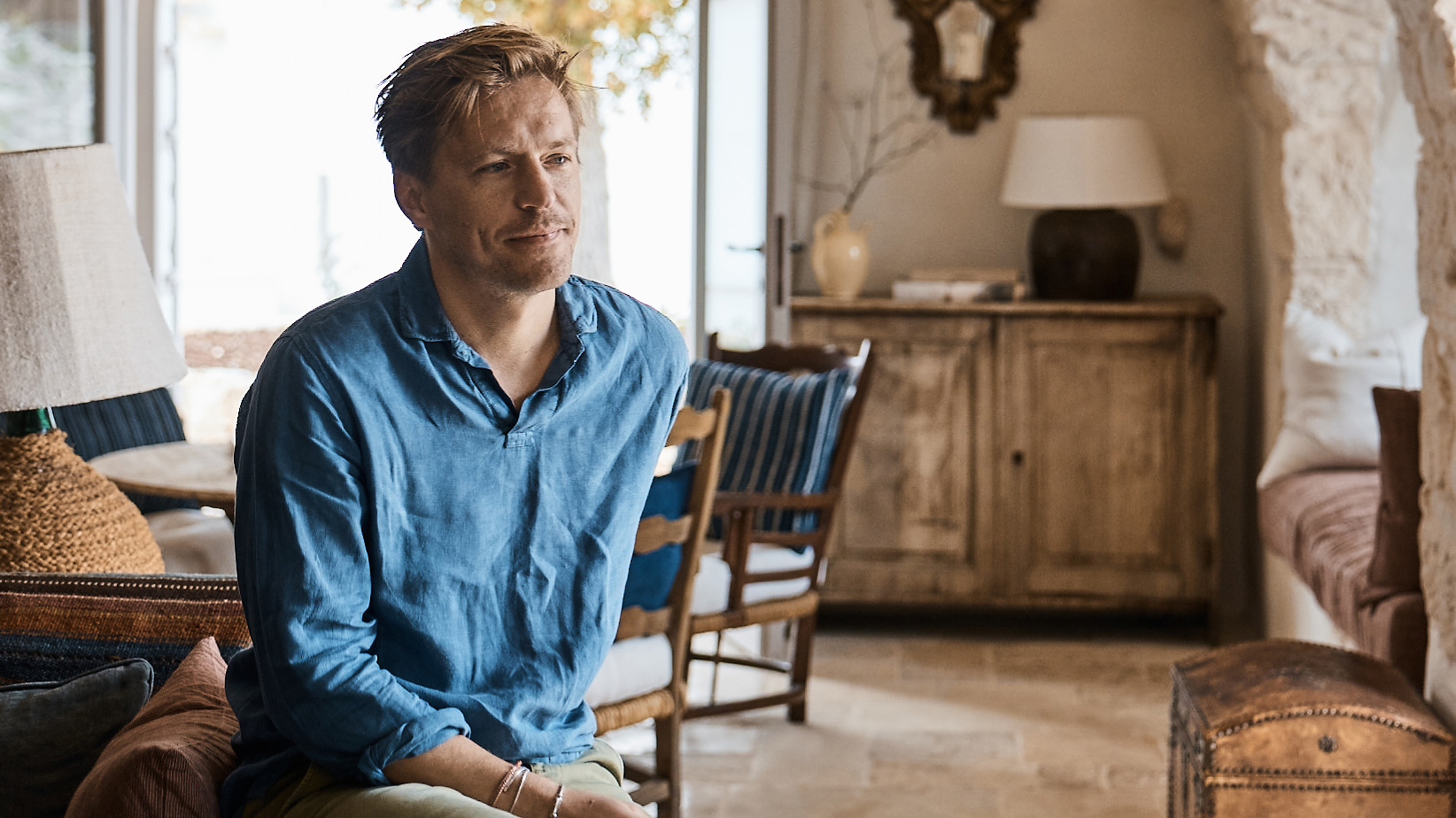

James Thurstan Waterworth has given plenty of himself to his interior design company, including his middle name.
James’s aim, when he set up Thurstan in 2018, was ‘to create eclectic and original interiors true to the client brief and in keeping with their architecture and surroundings’. Since then, Thurstan has worked with both hospitality businesses and private clients and James’s work, transforming places into beautiful spaces, has taken him all over the world.
It is in predictably trendy Clerkenwell, however, that I meet him. It seems apt that his office is a stone’s throw from the Barbican, an icon of Brutalist architecture, beloved by many of London’s creatives. Nestled in The Charterhouse, a former Carthusian priory that was rebuilt by the Tudors, everything that surrounds the designer has been chosen for its aesthetic value — interesting and timeless — down to the elegant piece of slate that serves as a coaster for my glass.
Stacks of books, various antiques and fabric samples sprawl across the designer's studio, reflecting his eclectic — and stylised— tastes. His knack, it seems, is for making objects that have little relation of things come together, a skill he likely honed as the European design director at Soho House.
His work has taken him to the likes of Turkey, America and Spain and seen him work on Soho House Istanbul, Soho House Barcelona and, the trendy neighbour of Ronnie Scott’s jazz club, 76 Dean Street. He is currently working on Bradley House in Wiltshire, the family home of the Duke of Somerset and a Portuguese Symington property, belonging to the owners of the wine company and Port house of the same name.
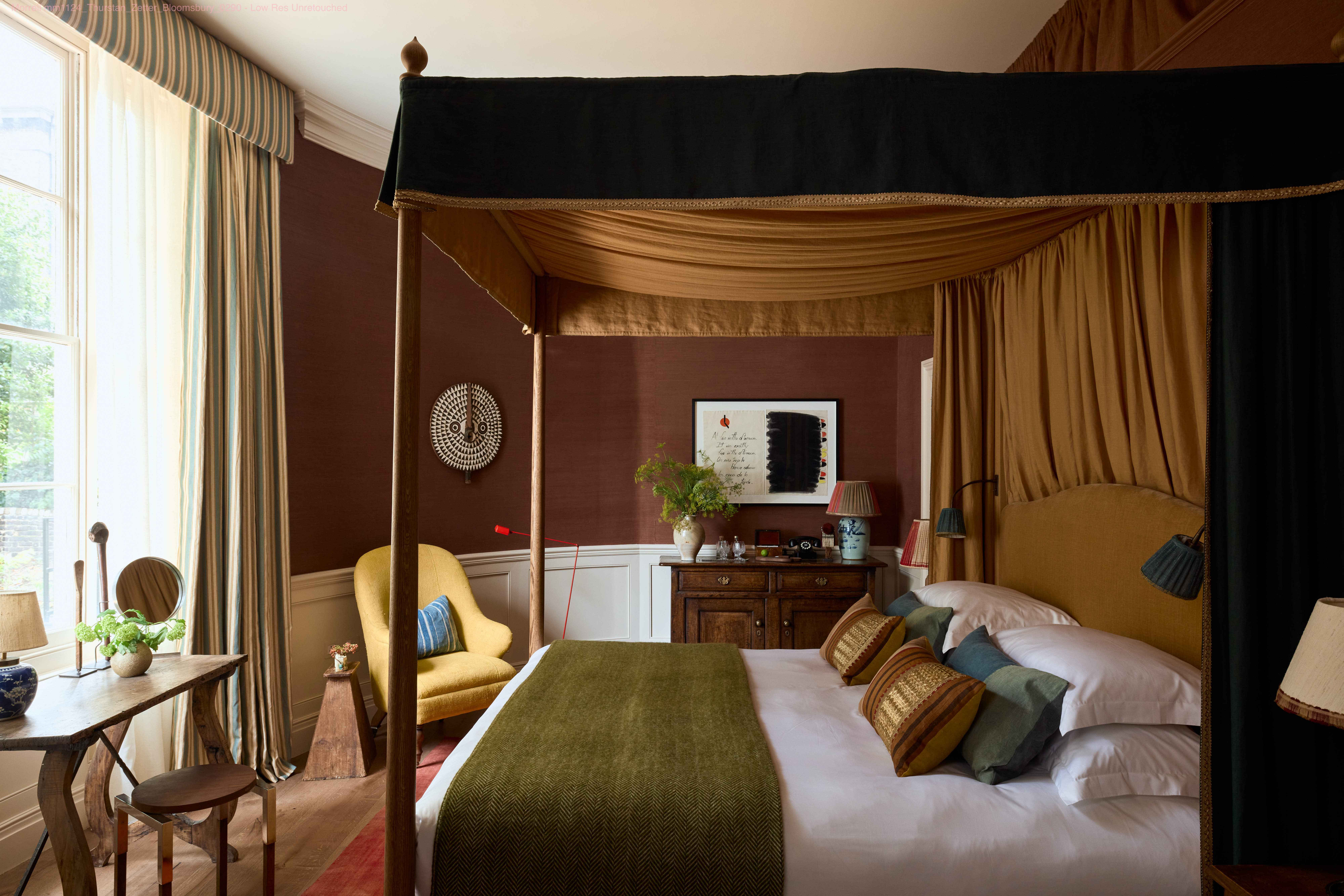
One of the bedrooms at The Zetter Bloomsbury, a new hotel opening behind the British Museum, all designed by James.
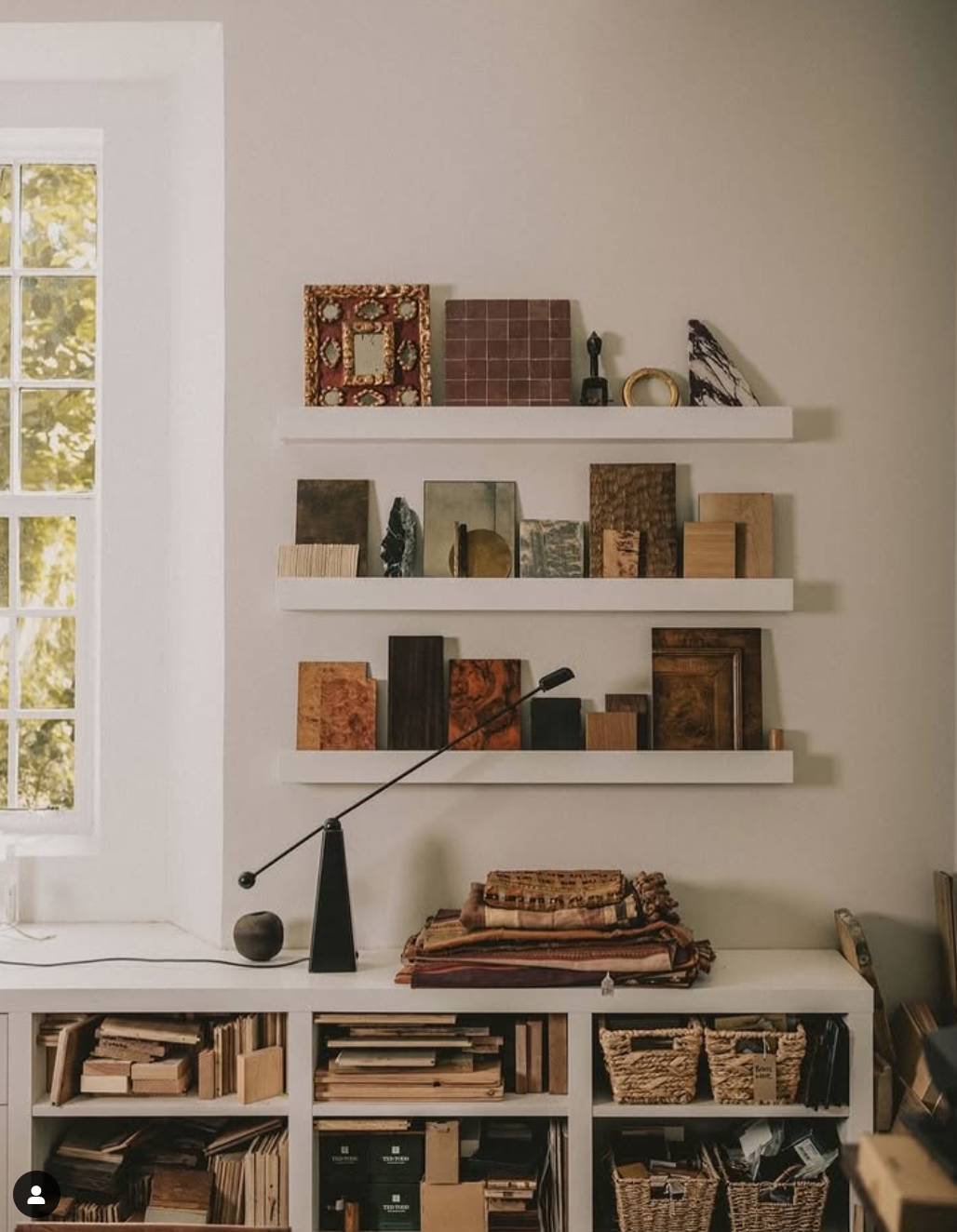
A corner of James's Barbican office.
This is a far cry from what he’d thought he’d be doing when he was growing up in Shropshire and attending an all boys boarding school. ‘Creativity wasn’t necessarily at the forefront of what they were pushing forward,’ he says, ‘but my sister used to work for a magazine house that had a couple of interior design magazines. She used to send them to me. Everyone had dodgy magazines hidden under their beds and I had my interior design magazines.
More traditional subjects were never his thing. ‘My brain doesn't work that way; reading and writing is still something I struggle with,’ he adds. His original plan was to study history of art, but his father told him it would be a waste of his time as ‘his brain wouldn’t cooperate’, so he applied to study interior design at Oxford Brookes. When he got turned down, he undertook a variety of work experience placements, followed by a six-month-long course at KLC School of Design in London, before he landed his first job at Martin Brudnizki Design Studio.
Exquisite houses, the beauty of Nature, and how to get the most from your life, straight to your inbox.
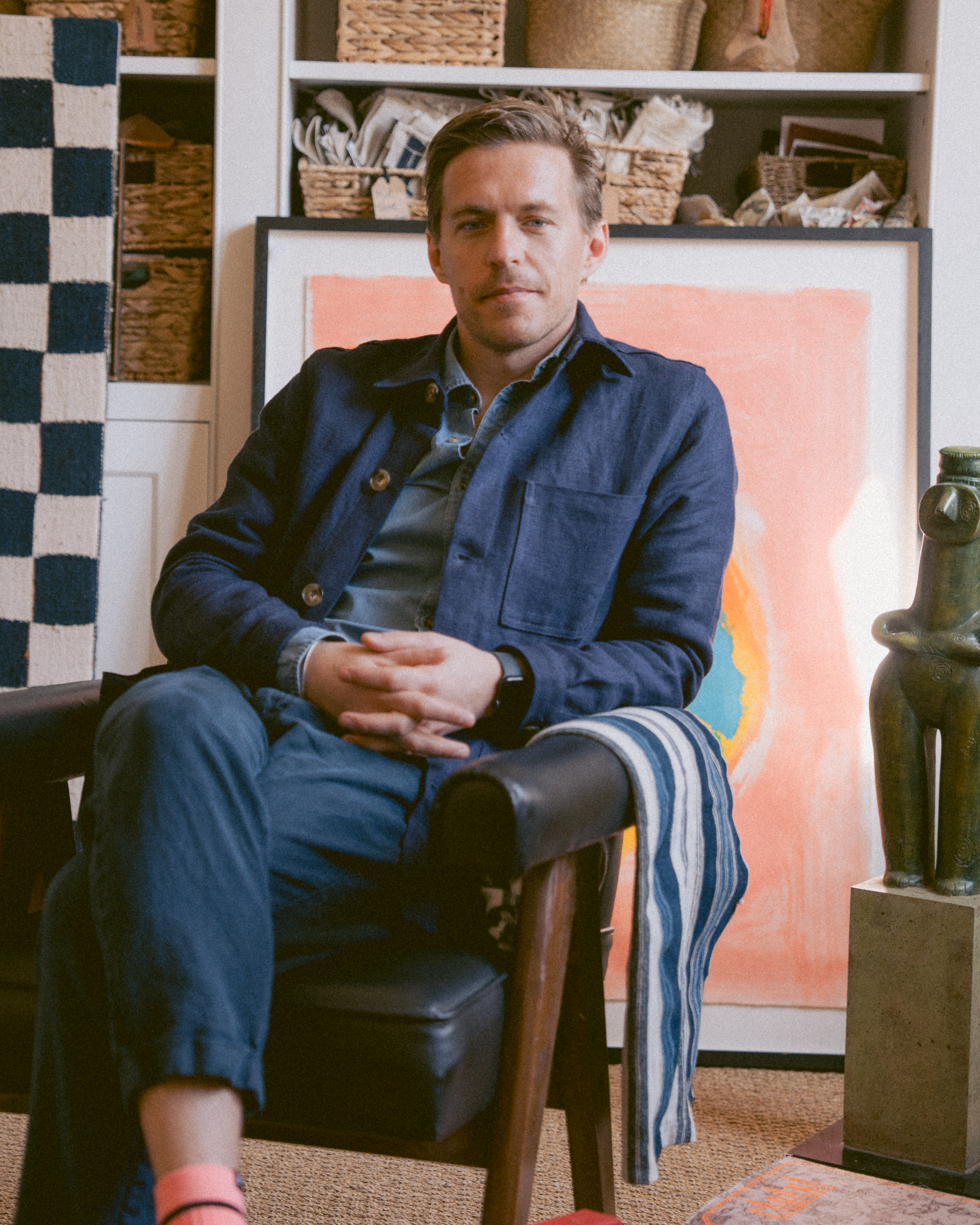
Creativity, it seems, is a family affair for James. His mother was an artist. His step-mother was an antiques dealer, and he spent many happy hours as a young boy in her shop, marvelling at the treasures stowed there. ‘She has the most amazing f***ing eye,’ he says. His father was a property developer, but ‘should have been an architect. He had to make money, so sadly he didn’t follow his dreams. I think he's vicariously living through me a little bit.’
The best part of his job? Fresh starts. ‘The beginning, so the conceptual side of it, is super exciting. A new client, new project, new building, new history, new location — it's all of these different things, and we try to treat each one like a totally different beast.’ That, and ‘traveling to parts of the world just to hunt for beautiful things’. Not a bad gig, by any means.
The designer’s personal tastes have clearly defined his professional career, so I was intrigued to learn what else he was passionate about...
Your aesthetic hero
Axel Vervoordt and Robert Kime. When I was in my late teens, they were my utter heroes. I was fortunate enough to meet both of them, very briefly. For me it’s their enthusiasm for furniture, for antiques, as well as architecture.
A post shared by Robert Kime (@robertkime)
A photo posted by on
A book you've found inspiring
Nigel Nicholson’s Great Houses of Britain. I was reading it in a friend's house up in Yorkshire, maybe six months ago, and — it sounds quite basic — but it's not overly pretentious in terms of its wording and he actually breaks it down to just the houses. There are a really beautiful few which you can't visit too, which is quite nice to get to see.
An exhibition that has really impressed you
I wasn’t really expecting much from it, but I was with the kids and we saw one at Japan House, in High Street Kensington. It was about crafts in Japan and it was just very interesting, not huge, but very well put together. I’m a big fan of anything Japanese and Kyoto is my favourite place in the world — the food, the culture, they have this amazing Germanic mindset. Everything's on time, everything's clean, everything's incredibly well put together. Everything is an aesthetic thought.
A post shared by Japan House London (@japanhouseldn)
A photo posted by on
Your favourite painting
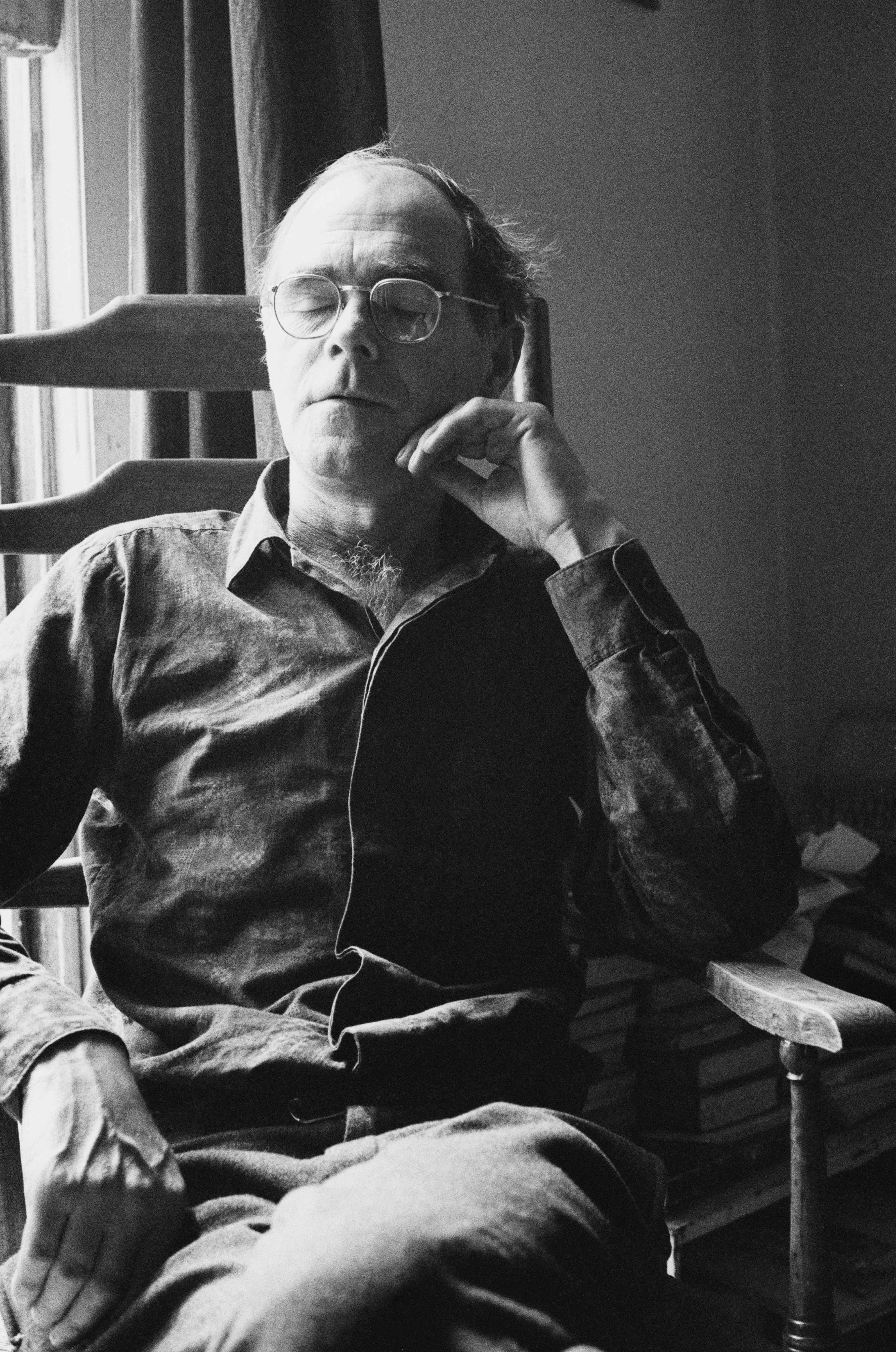
Roger Hilton was a pioneer of abstract art.
My favourite artist is Roger Hilton. When I was around 22, I walked past one of his paintings in a shop on Fulham Road. It was a really simple chicken, one of Hilton’s later works from when he was bed bound and could only draw things he could see outside of his window. I totally fell in love with it and vowed one day that I’d buy one. Which I’ve done. It’s very basic, people might think I’m a lunatic, but I fell in love with his work.
What music do you work to?
We listen to a lot of world music in the studio. Particularly African, from the late 80s and 90s. There's a genre called Soukous, which I particularly like. It’s upbeat — nice and uplifting. That or some light piano, like Ludovico Einaudi.
What possession would you never sell?
The family got me a really lovely Carl Aubock. He made really beautiful objects — basically, rather than paper weights being solid, he would make an incredibly beautiful egg paper weight — that sort of stuff. Everyday things, really beautifully done. They got me a screw which, when you unscrew, is a bottle top.
A post shared by DISC Interiors (@discinteriors)
A photo posted by on
What would you take to a desert island?
It would probably be a piano, because I never have time to play it. And, I reckon, it would keep me entertained, as much as one can be if you're by yourself.
The best present you've ever received
For my wedding present my wife gave me a 1960s Rolex, which has a really beautiful leather strap and a lovely simple face. It was a great present and the affiliation to the timing of it is special — I really cherish that one.
A hotel you could go back and back to
There’s a hotel in the south of France called Grand Nord-Pinus, which has a sort of bull fighting, 1960s, leather-chair-type vibe to it. It’s in the square. I went with my family a couple of times, and it's not far from the antique markets around there. That part of the world has a really lovely feel. Now they have the Luma too, in Arles, this tiny French village, which is amazing.
A post shared by Petit Futé Arles Alpilles 🦊 (@petitfutearles)
A photo posted by on
The last podcast you listened to
There’s a podcast called, Not Just the Tudors, which I love. I have a fascination with the Tudors and they’re particularly good on them. There’s a lady who runs it, Professor Suzannah Lipscomb — she's amazing at narrating it.
The last thing of note you bought yourself
Boringly, it would have been a Roger Hilton. The company buys quite a lot of antiques and paintings, so I buy lots of beautiful things, and some of it comes and goes from my house. So there's always lots of different things coming in and out.
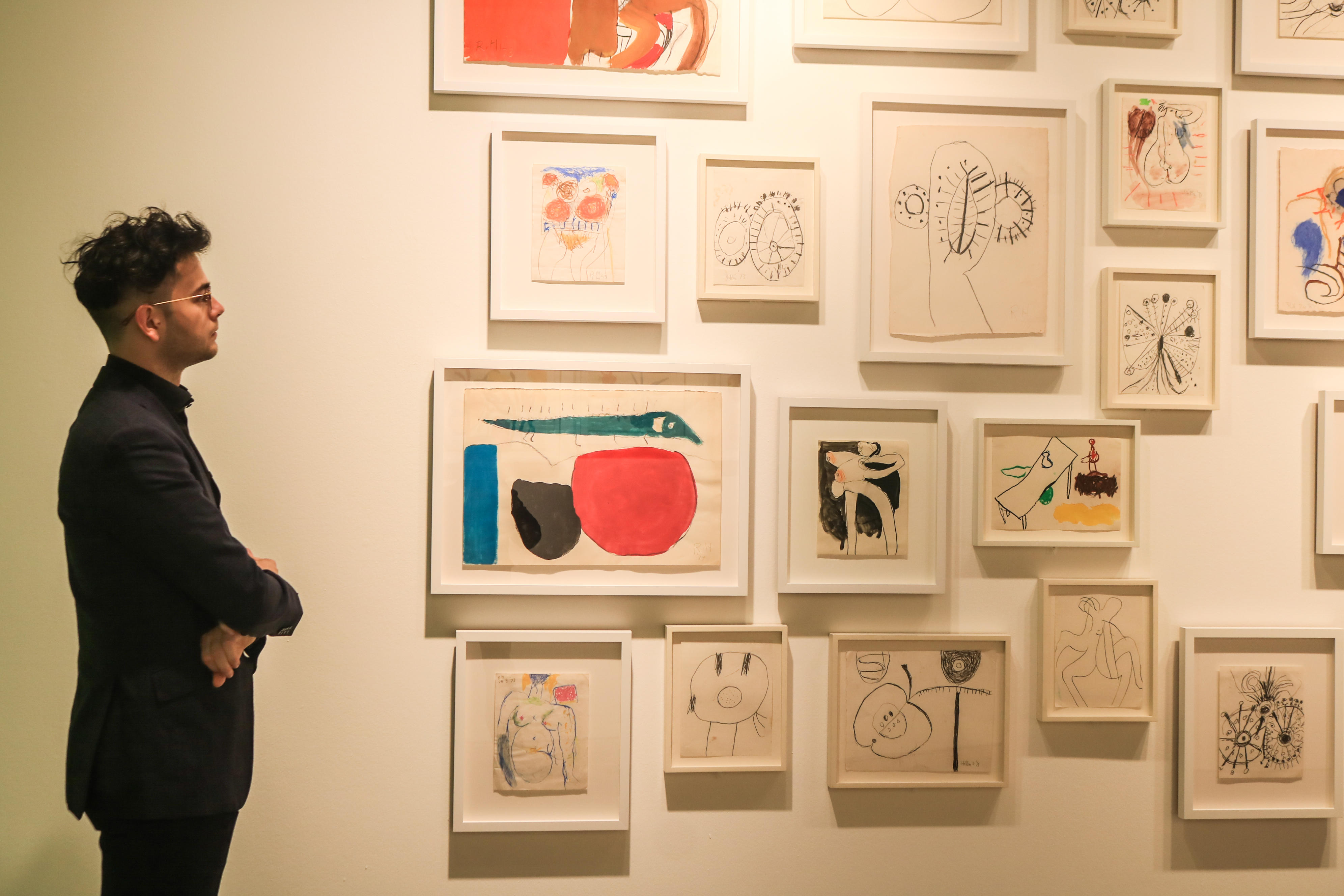
An exhibition of works created in the last year's of Roger Hilton's life.
Who would play you in a film about your life?
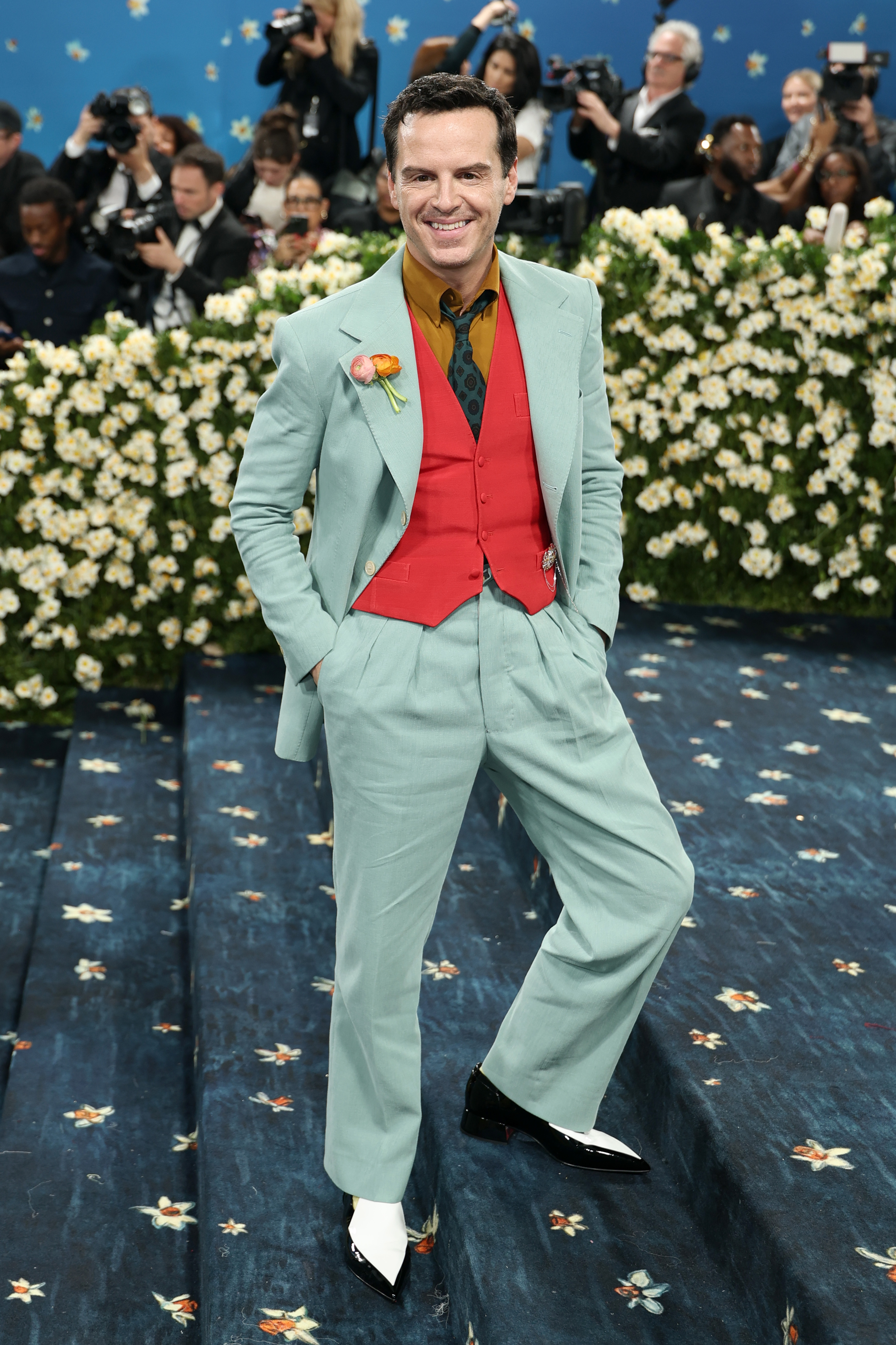
Andrew Scott at the 2025 Met Gala in New York.
I guess someone like Andrew Scott. He's quite sensitive and an amazing actor. I’m not a macho-macho guy, and he’s probably a similar age to me and he’s quite subtle, but can show some anger if necessary. He could definitely play a more sensitive designer-type. But he would need to dye his hair, I guess.
What gets you up in the morning?
The literal answer is: my kids. They come in at 5:30am at the moment. But I'm quite good in the morning. I wake up, always — my wife might disagree — quite upbeat for what might come around the corner. Family aside, during the week, it's coming into the space and having an hour to myself in the office before anyone gets here. That's when I'm my most creative.
Do you collect anything?
I collect 20th century British abstract art — 1950s–70s — very much the British-St Ives ilk. I am also particularly interested in early Pyrenees, French, Spanish works — very simple 16th-17th century furniture which is very pared back. And early Italian and Spanish frames. I have an array of incredibly beautiful frames.
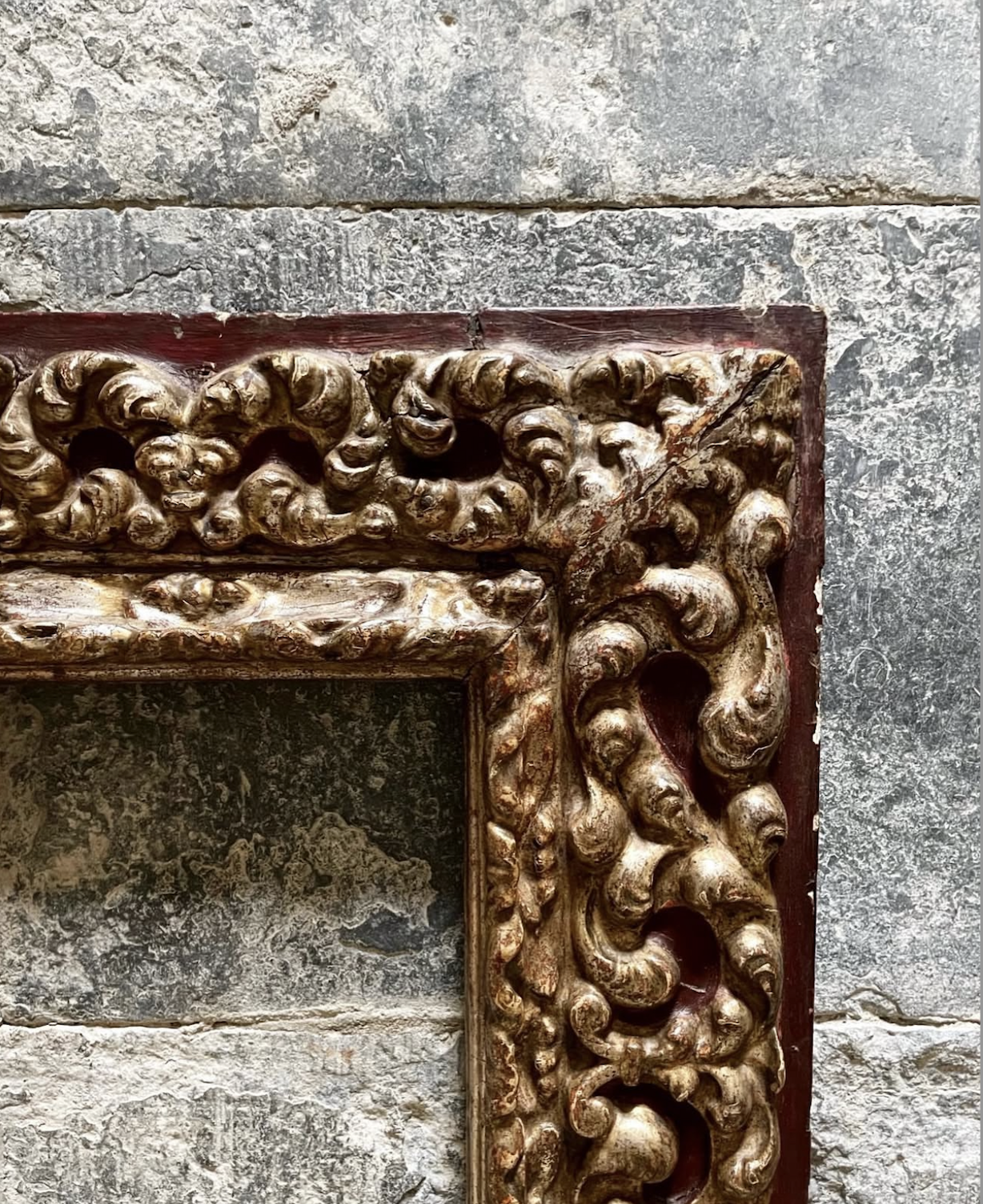
One of the frames from James's collection.
Your most memorable meal
My favourite restaurant is closed now, but it was in Barcelona. When I was living there working on the Soho House, there was a restaurant around the corner from where I was staying. It was like a more cost-friendly sister to a Michelin-star restaurant, and it was very simple Japanese grilled food. It was an open kitchen, super rustic, very stripped back, and the food was f***king amazing.
Lotte is Country Life's digital writer. Before joining in 2025, she was checking commas and writing news headlines for The Times and The Sunday Times as a sub-editor. She has written for The Times, New Statesman, The Fence and Spectator World. She pens Country Life Online's arts and culture interview series, Consuming Passions.
-
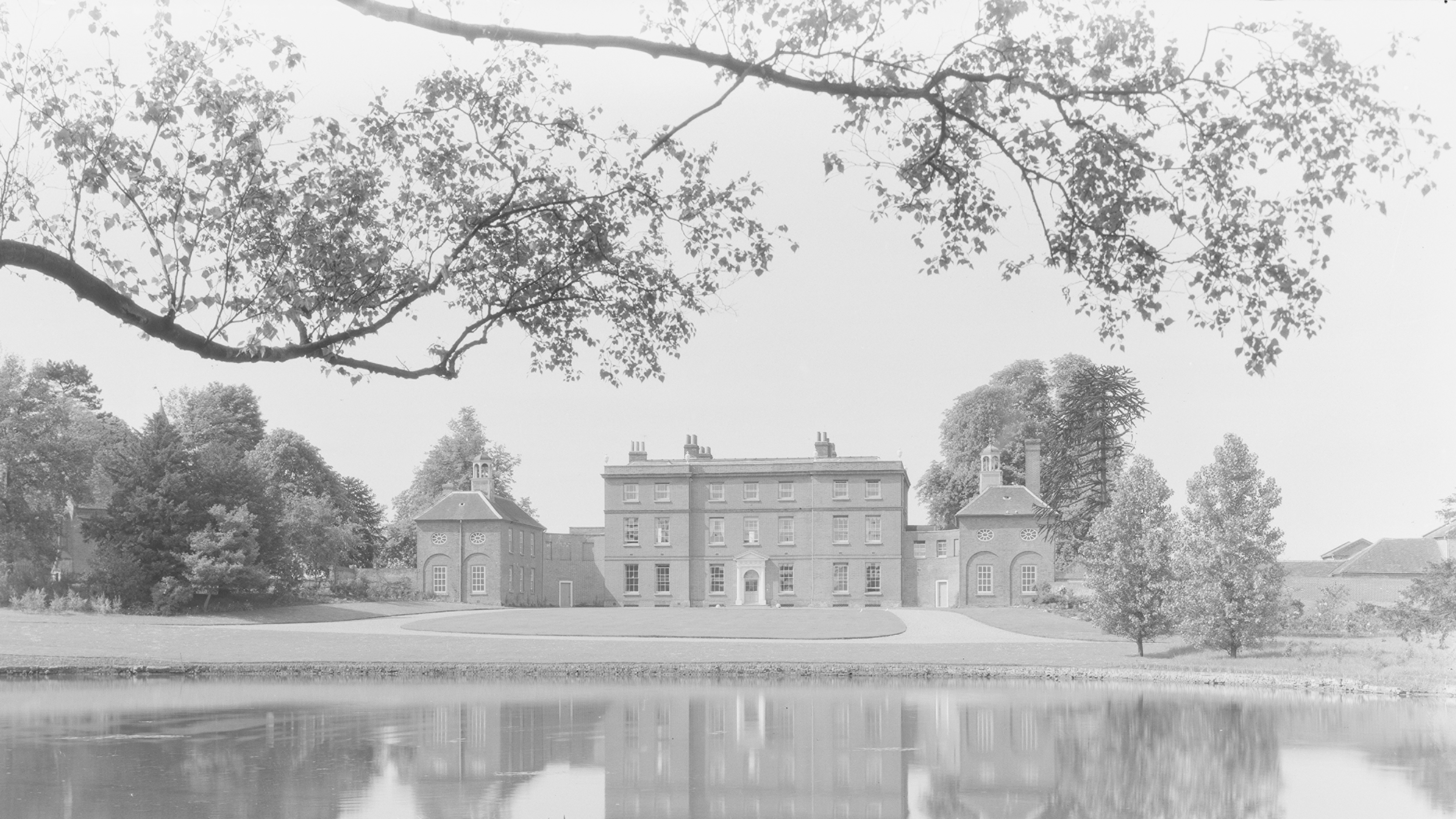 This Grade I Essex home was renovated by a Guinness and a notorious American diarist and photographed by Country Life — now it's a firm favourite with the fashion set
This Grade I Essex home was renovated by a Guinness and a notorious American diarist and photographed by Country Life — now it's a firm favourite with the fashion setKelvedon Hall was saved from demolition by Lady Honor Guinness and Henry 'Chips' Channon. Now it is the star of a Church's Christmas campaign.
-
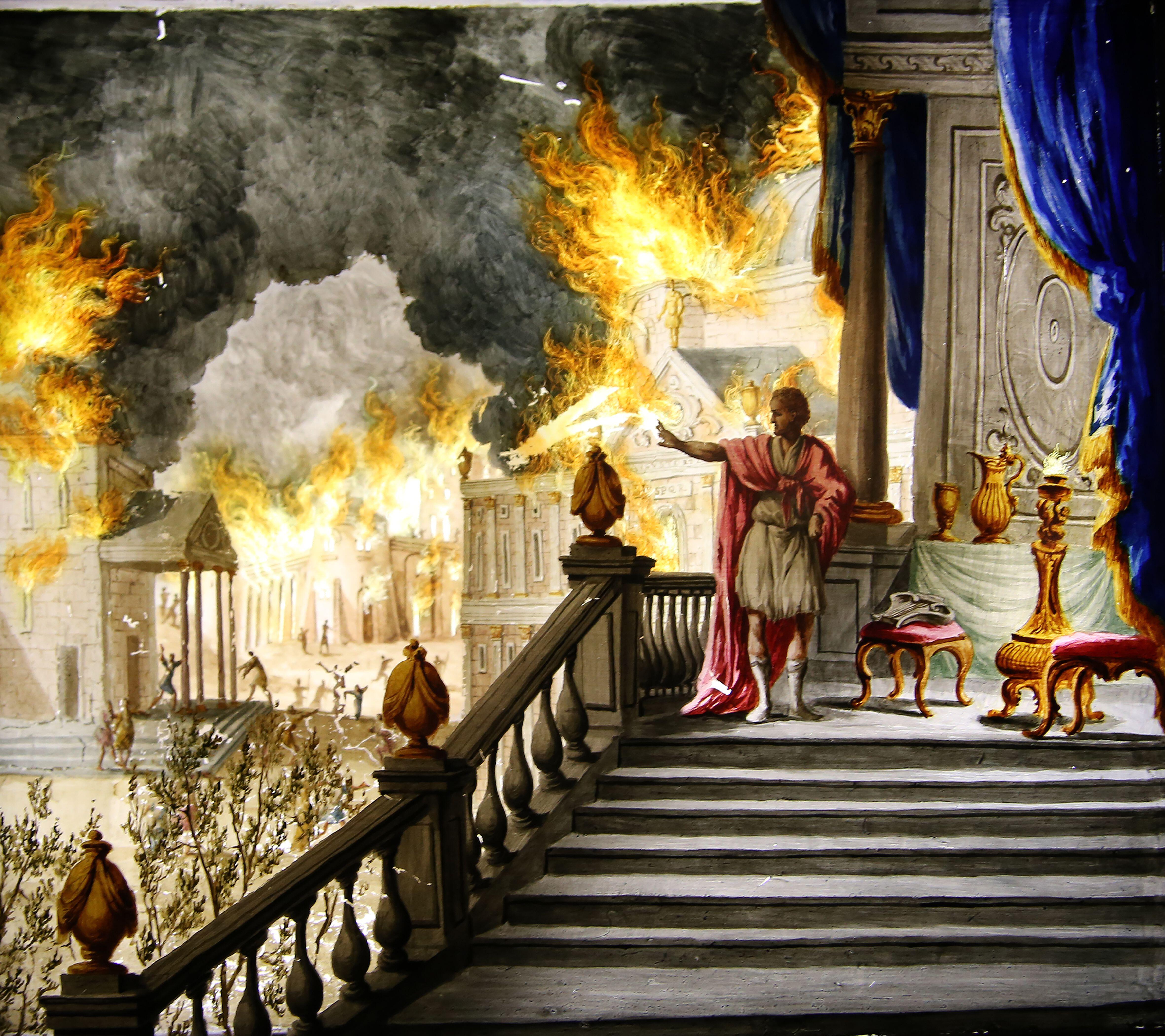 What is everyone talking about this week: Thanks to modern-day technology, people were far happier in the days when Nero was setting Rome ablaze
What is everyone talking about this week: Thanks to modern-day technology, people were far happier in the days when Nero was setting Rome ablazeWas the ancient world's superior happiness down to its ‘superior production of art’?
-
 What is everyone talking about this week: Thanks to modern-day technology, people were far happier in the days when Nero was setting Rome ablaze
What is everyone talking about this week: Thanks to modern-day technology, people were far happier in the days when Nero was setting Rome ablazeWas the ancient world's superior happiness down to its ‘superior production of art’?
-
 A slick looking off-roader that's a far cry from its rustic rural roots — Volvo EX30 Cross Country
A slick looking off-roader that's a far cry from its rustic rural roots — Volvo EX30 Cross CountryThe latest iteration of Volvo's Cross Country is flashy, fast and stylish. But is that what a Volvo Cross Country is supposed to be?
-
 ‘I cannot bring myself to believe that Emily Brontë would be turning over in her grave at the idea of Jacob Elordi tightening breathless Barbie’s corset’: In defence of radical adaptations
‘I cannot bring myself to believe that Emily Brontë would be turning over in her grave at the idea of Jacob Elordi tightening breathless Barbie’s corset’: In defence of radical adaptationsA trailer for the upcoming adaptation of 'Wuthering Heights' has left half of Britain clutching their pearls. What's the fuss, questions Laura Kay, who argues in defence of radical adaptations of classic literature.
-
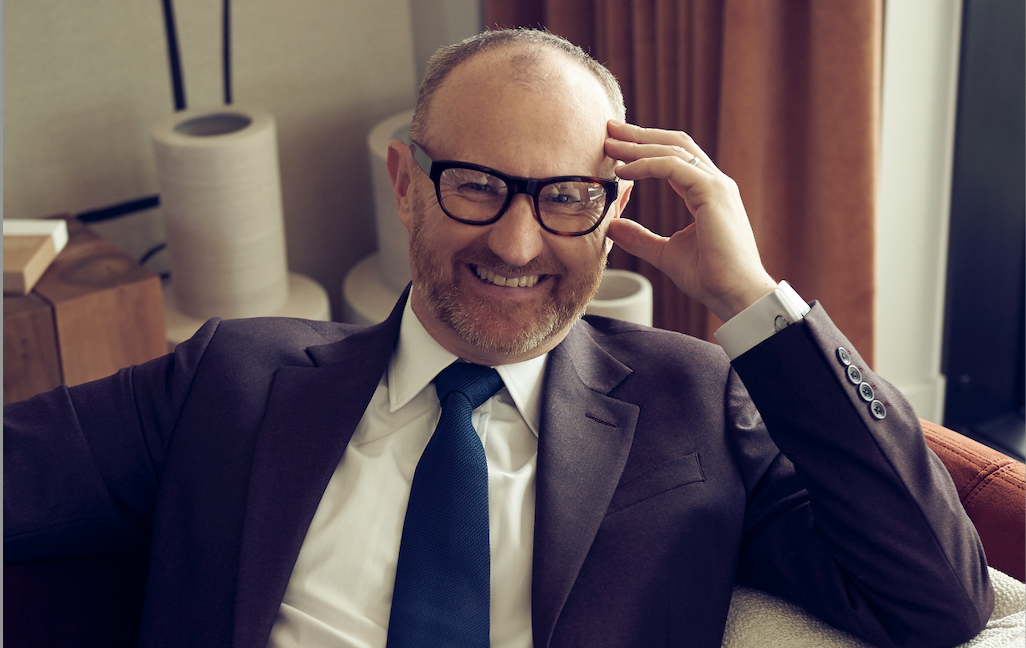 Mark Gatiss: ‘BBC Two turned down The League of Gentlemen six times’
Mark Gatiss: ‘BBC Two turned down The League of Gentlemen six times’The actor and writer tells Lotte Brundle about his latest Christmas ghost story, discovering Benedict Cumberbatch — and his consuming passions.
-
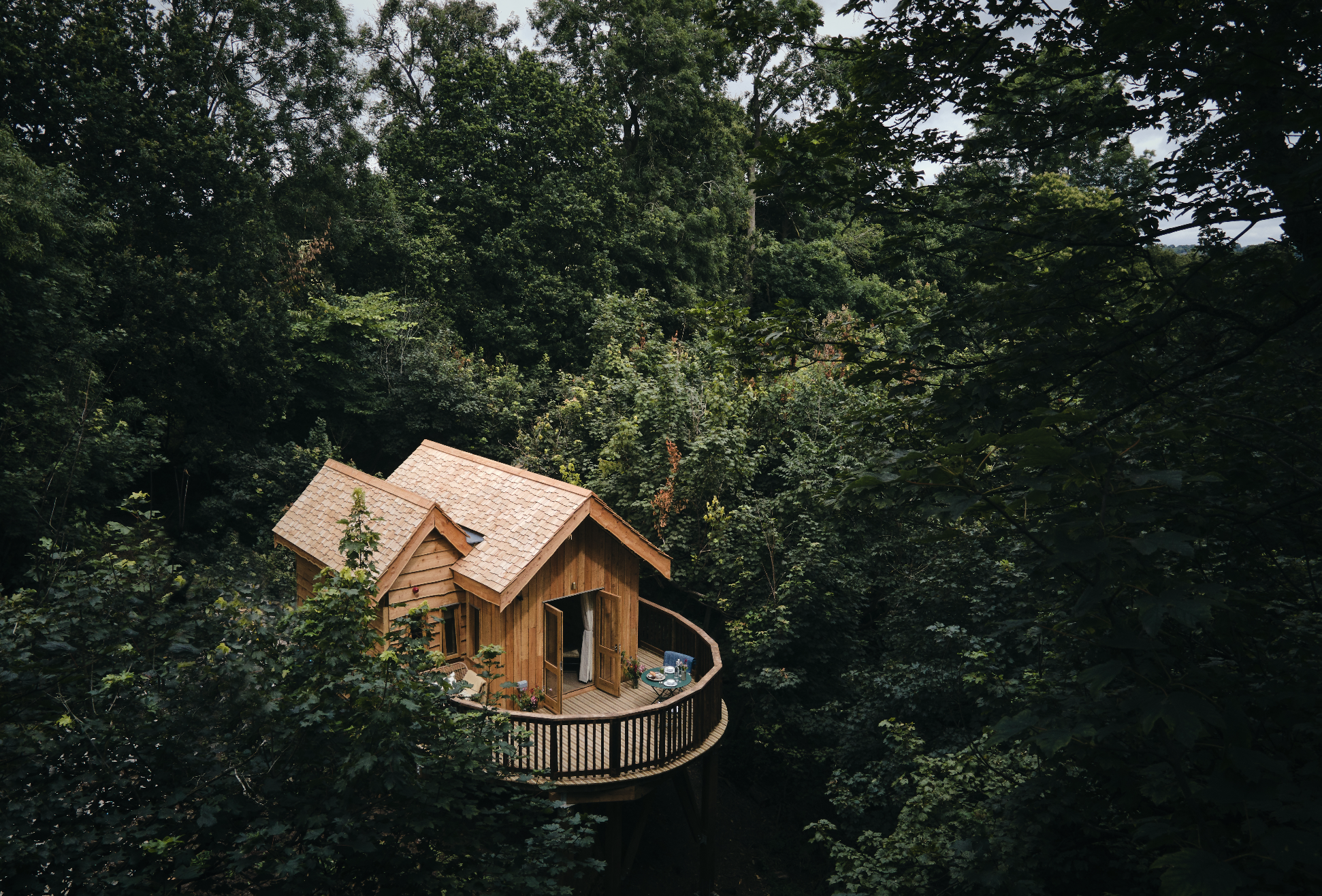 Wildhive at Callow Hall hotel review: I felt like a squirrel preparing for hibernation and I loved it
Wildhive at Callow Hall hotel review: I felt like a squirrel preparing for hibernation and I loved itThe boutique treehouses at this Derbyshire getaway are the best way to unwind in nature and explore the Peak District, writes Lotte Brundle.
-
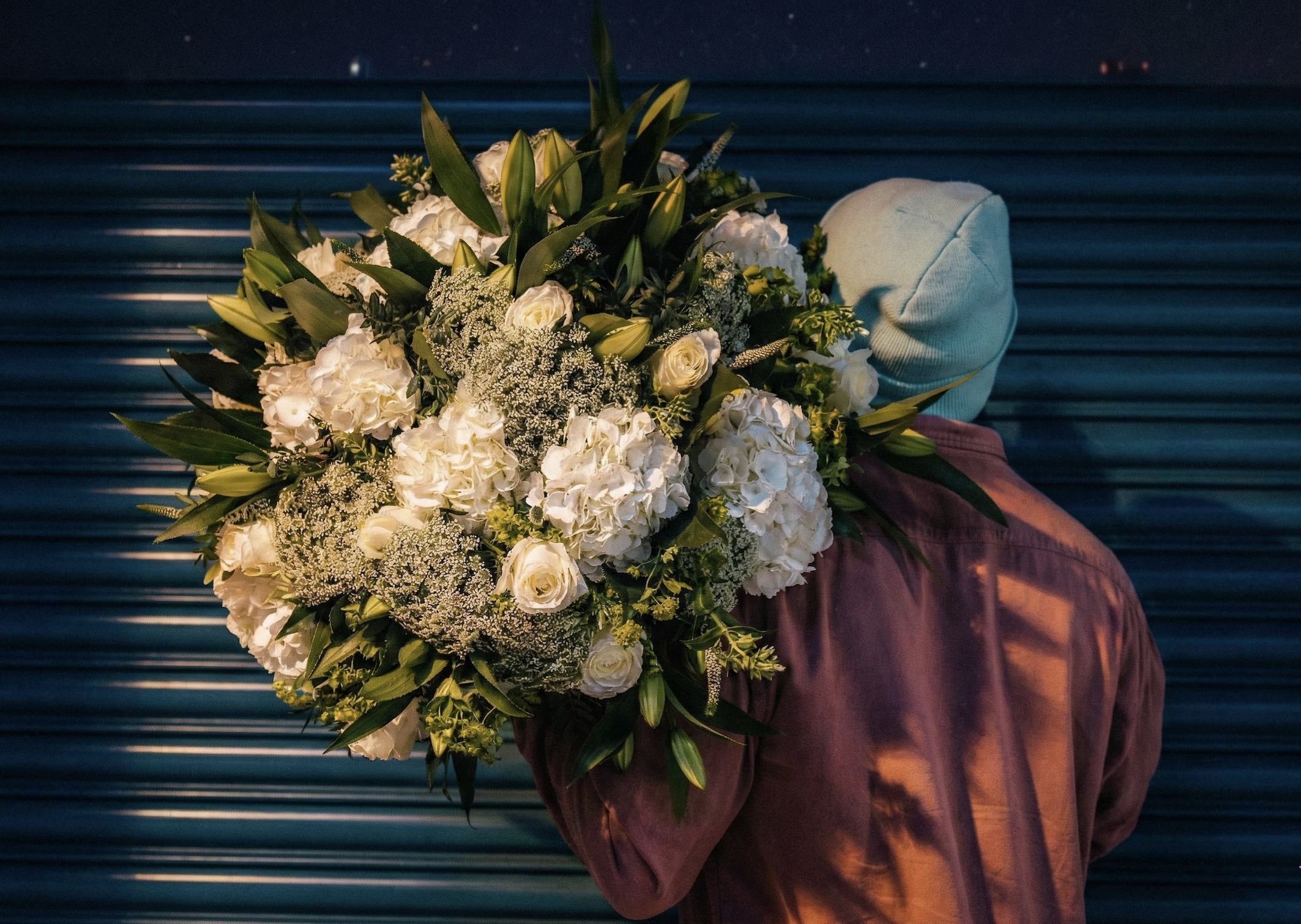 Who buys flowers in the middle of the night? Boris Johnson, panicked brides, drunk people and London’s wealthiest inhabitants
Who buys flowers in the middle of the night? Boris Johnson, panicked brides, drunk people and London’s wealthiest inhabitantsLotte Brundle visits the 24-hour central London florist where the flowers don’t sleep.
-
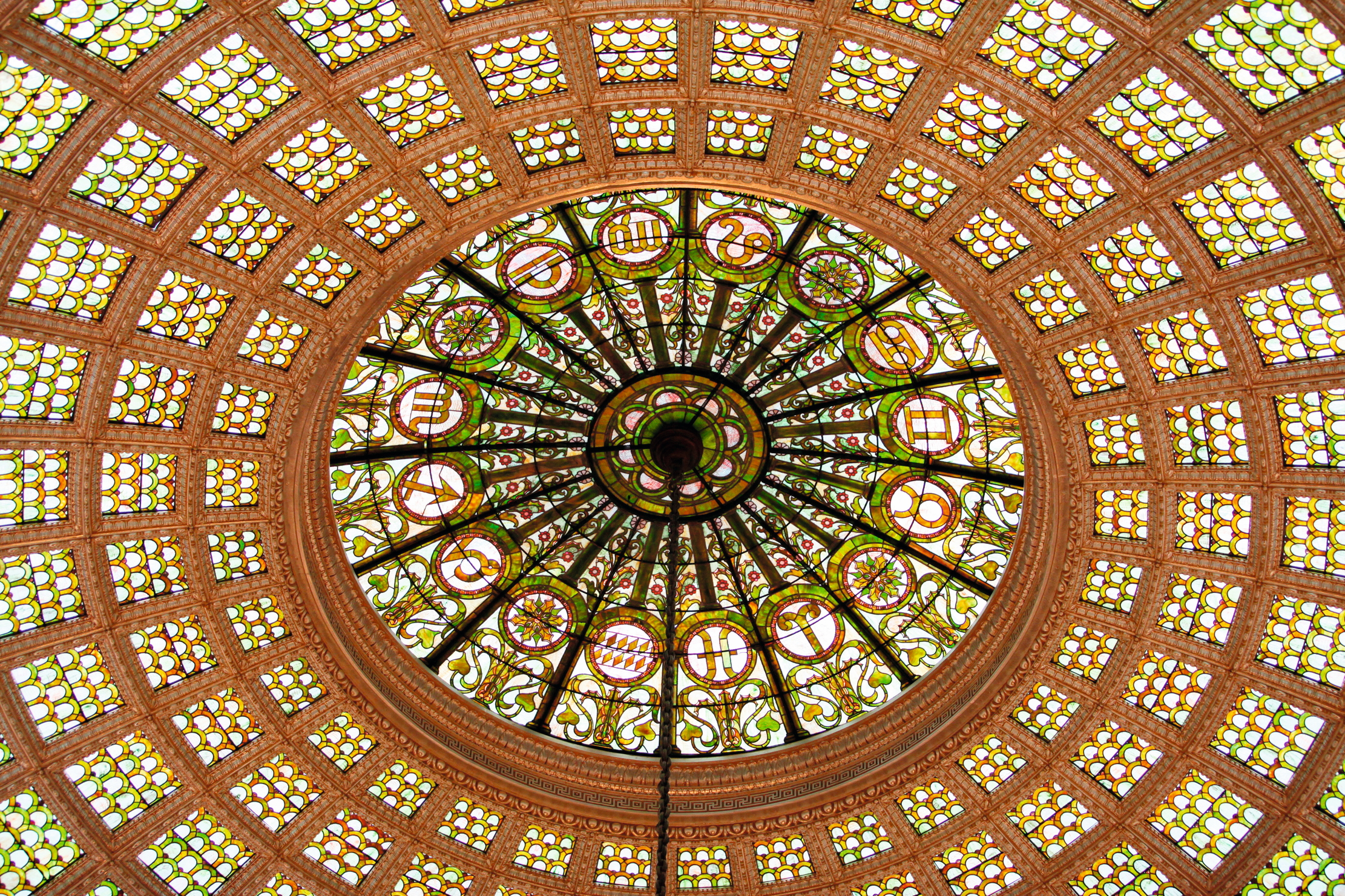 'Gems of enflamed transparencies, of bottomless blues, of congealed opals': Why glass was perfect for the elemental experimentalism of Art Nouveau
'Gems of enflamed transparencies, of bottomless blues, of congealed opals': Why glass was perfect for the elemental experimentalism of Art NouveauArt Nouveau masters such as Louis Comfort Tiffany and Émile Gallé turned the most fragile of materials into iridescent masterpieces that shimmered like seashells or glittered like Byzantine mosaics.
-
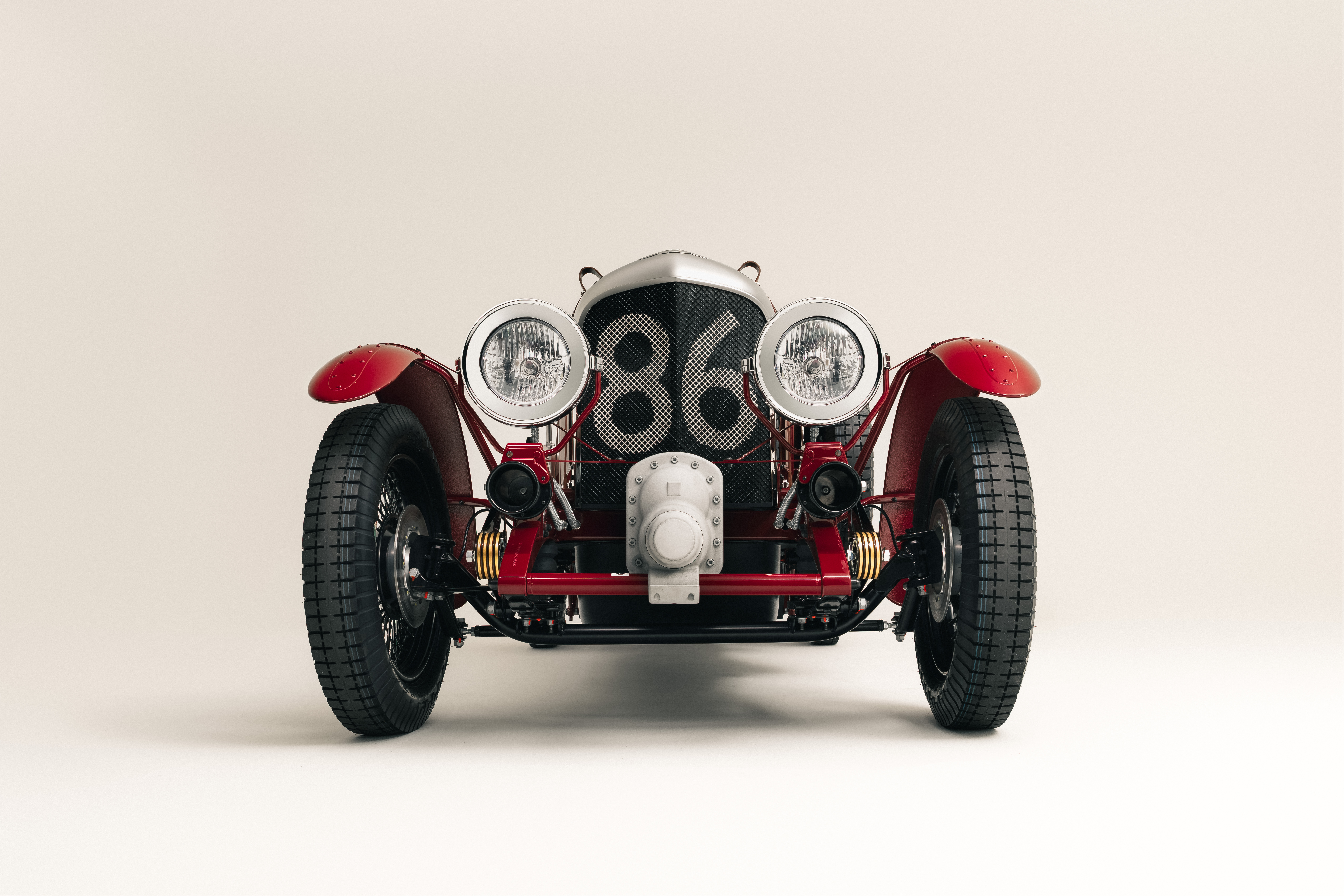 Why you absolutely need an electric Bentley Blower furnished with Russian reindeer leather
Why you absolutely need an electric Bentley Blower furnished with Russian reindeer leatherA collaboration between Hedley Studios and The King's shoemaker George Cleverley has produced something rather remarkable. Jeremy Taylor goes for a drive.
